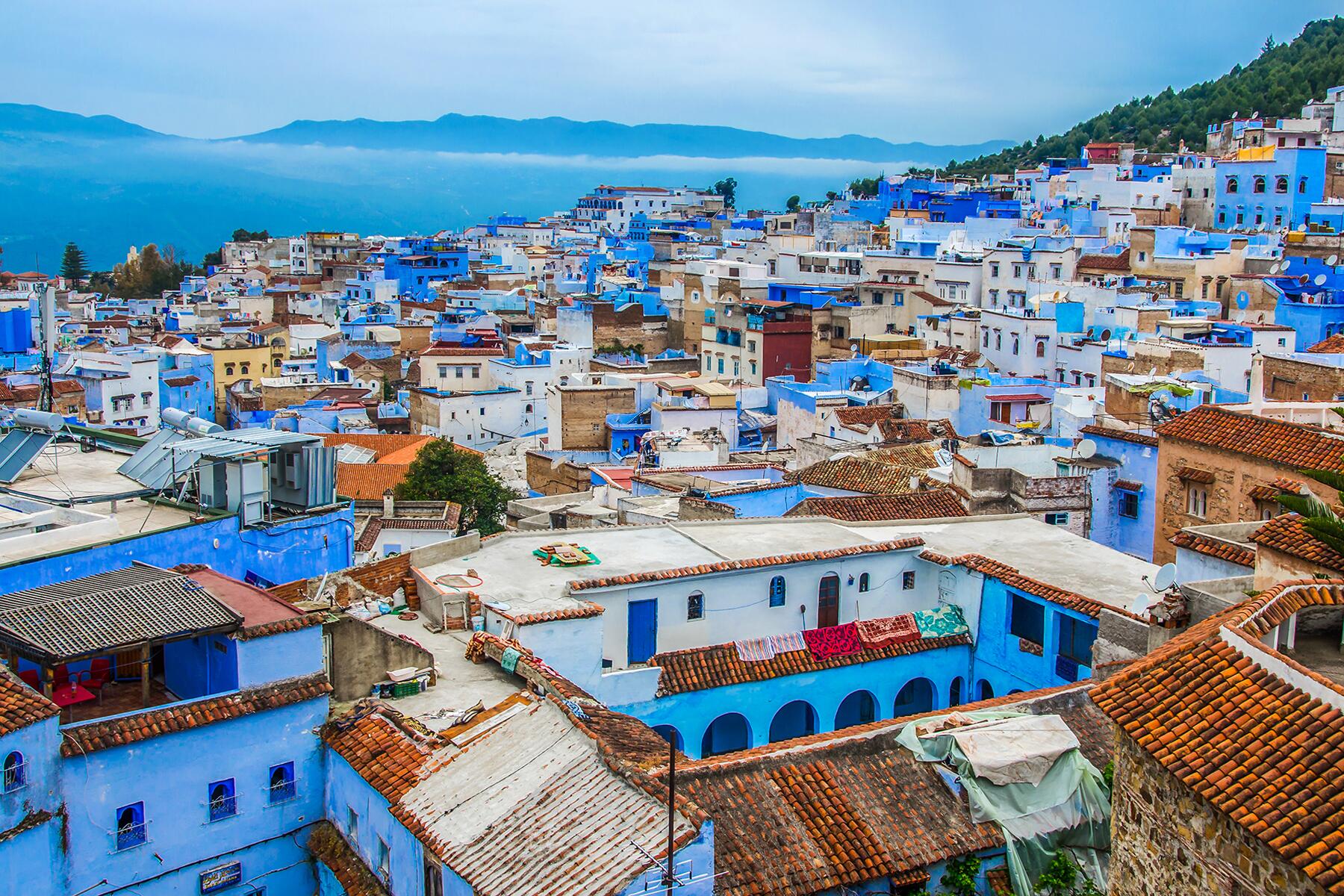
Morocco is a country rich in history, culture, and natural beauty, offering a wide range of experiences. Here are some must-see places and experiences you should not miss when visiting Morocco:
1. Marrakech:
- Jemaa el-Fnaa: The famous central square, bustling with street performers, food vendors, and markets. It comes alive, especially at night.
- Majorelle Garden: A stunning botanical garden once owned by Yves Saint Laurent, featuring vibrant blue buildings and exotic plants.
- Koutoubia Mosque: The largest mosque in Marrakech, with a beautiful minaret visible throughout the city.
- Saadian Tombs and Bahia Palace: These sites showcase the rich history and architecture of the city.
2. Fes:
- Fes el-Bali (Old Medina): A UNESCO World Heritage site, this medieval city is a labyrinth of narrow streets, souks, and historic buildings.
- Al-Qarawiyyin University: The oldest continuously operating university in the world.
- Chouara Tannery: One of the oldest tanneries in Fes, where leather is still dyed using traditional methods.
3. Chefchaouen:
- The Blue City: Known for its striking blue-washed buildings and picturesque streets, Chefchaouen is a photographer’s paradise and a peaceful retreat in the Rif Mountains.
4. The Sahara Desert:
- Merzouga or Zagora: Experience the vast beauty of the Sahara Desert with a camel trek, a night in a desert camp, and the chance to witness the incredible sunrise and sunset over the sand dunes.
- Erg Chebbi Dunes: These towering dunes near Merzouga are among the most famous and beautiful in the Sahara.
5. Atlas Mountains:
- Toubkal National Park: Home to Mount Toubkal, the highest peak in North Africa, this is a great spot for trekking and enjoying the rugged beauty of the High Atlas Mountains.
- Ait Benhaddou: A UNESCO-listed kasbah, this ancient fortified village is located on the route to the Sahara and has been featured in many films.
6. Casablanca:
- Hassan II Mosque: One of the largest mosques in the world, perched on the edge of the Atlantic Ocean. Its intricate architecture and oceanfront location make it a must-see.
- Corniche: Stroll along the seaside promenade and enjoy the beaches, cafes, and restaurants.
7. Rabat:
- Hassan Tower and Mausoleum of Mohammed V: Key historic sites in the capital city.
- Kasbah of the Udayas: A picturesque fortress with blue-and-white buildings, offering views of the Atlantic and Bouregreg River.
8. Essaouira:
- Medina: This coastal city’s old town is a UNESCO World Heritage site, known for its charming mix of Portuguese, French, and Berber architecture.
- Beach and Port: Enjoy fresh seafood and stroll along the windswept beaches, popular with surfers and kiteboarders.
9. The Dades Valley and Todra Gorge:
- Dades Valley: Known as the “Valley of a Thousand Kasbahs,” this area offers stunning mountain scenery and traditional Berber villages.
- Todra Gorge: A dramatic canyon with towering rock walls, ideal for hiking and climbing.
10. Meknes and Volubilis:
- Meknes: One of Morocco’s imperial cities, known for its grand gates and royal palaces.
- Volubilis: The well-preserved ruins of a Roman city, featuring beautiful mosaics and ancient structures.
11. Ouarzazate:
- Atlas Film Studios: Explore the famous film studios where many Hollywood movies have been shot.
- Kasbah Taourirt: A grand kasbah that provides insight into the history and culture of southern Morocco.
12. Moroccan Cuisine:
- Tagine: A traditional slow-cooked stew made in a clay pot.
- Couscous: A staple dish often served with meat, vegetables, and broth.
- Mint Tea: Known as Moroccan whiskey, this sweet tea is a central part of Moroccan hospitality.
- Street Food: Try local delicacies like pastilla, harira soup, and freshly baked bread.
13. Local Markets (Souks):
- Wherever you go in Morocco, visiting the souks is a must. They offer everything from spices, textiles, and ceramics to jewelry and handmade crafts. The souks in Marrakech, Fes, and Chefchaouen are particularly famous.
14. Riads:
- Staying in a Riad: These traditional Moroccan homes with interior courtyards have been converted into boutique hotels and guesthouses. Staying in a riad offers an intimate and authentic experience of Moroccan hospitality and design.
15. Hammams (Traditional Baths):
- Experience a traditional Moroccan hammam for a relaxing and rejuvenating scrub and steam bath, often accompanied by natural products like black soap and argan oil.
Morocco offers a unique blend of history, culture, and natural beauty, with something to offer every type of traveler. From bustling cities to tranquil mountains and deserts, the diversity of experiences is what makes Morocco such a compelling destination.
Was this helpful?
0 / 0







